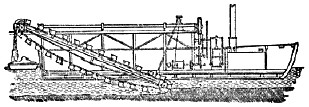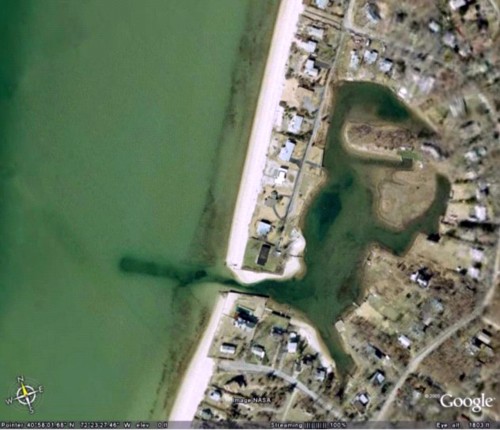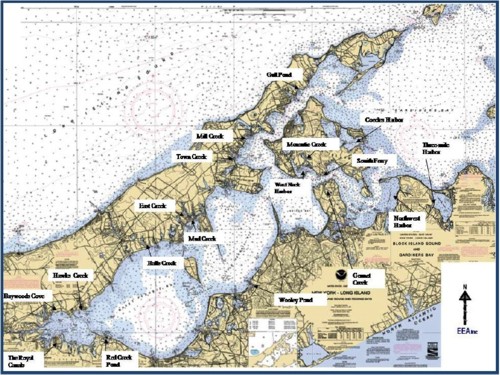 |

|
|||||||||||||||||
|
of EEA's Environmental Consulting Activities Fall 2007
e-mail addresses:
For information or quotes, Phase I ESAs
|
||||||||||||||||||
| Dredging Permits have been issued for the following east end creeks: |
|
ü Little
Creek |
|
ü North
Sea Harbor |
|
ü Miamogue
Lagoon |
|
With dredging comes an armload of permitting requirements to ensure that dredging is done with minimal impact to our shoreline inhabitants, like the nesting shorebirds (piping plovers, terns, etc.), fish species and sea turtles. Submerged aquatic vegetation beds and benthic critters also have to be examined. Shoreline erosion must be addressed and structures along the waterways must be protected as well. That’s where EEA’s team of ecologists and marine scientists step in to address some of these important environmental concerns. Suffolk County Department of Public Works (SCDPW) has contracted EEA to develop environmental data reports that include Essential Fish Habitat Assessments (also known as EFH’s) and Endangered and Threatened Species Assessments on 28 creeks on the eastern end of Long Island that are slated for dredging. EFH assessments are in place to protect spawning finfish and shellfish species. Many times, environmental windows are established to protect specific species.
One example is the Winter flounder (Pseudopleuronectes americanus). This popular sole fish is a typical species of concern in our region. Life history characteristics and habitat requirements are examined to determine their movements within the project area. Spawning windows, egg and larval stages of development and adult patterns are assessed relative to the impact of the dredging activity. These assessments address the following key biological and physical environmental characteristics:
Potential impacts to habitat and species of concern that may occur as a result of the proposed maintenance project, both dredging and beneficial use of the dredged material, and measures to avoid, minimize, and mitigate the effect of the proposed project are addressed. Prior studies in the creek and surrounding area are reviewed and referenced. EEA’s report also provides an Endangered and Threatened Species Assessment for proposed maintenance dredging over an extended period of time (eg. 10 years). If appropriate, beach placement of dredged material is also reviewed and recommendations are given. These reports are included in the permitting package to the U.S. Army Corps of Engineers – New York District for a permit to perform 10-year maintenance dredging with shoreline placement /beach nourishment, as applicable to each creek. A key component of the permitting process is coordination with the National Oceanic and Atmospheric Administration’s National Marine Fisheries Service (NOAA-NMFS) and the U.S. Department of the Interior’s U.S. Fish and Wildlife Service (USFWS).
Environmental reports for the remaining creeks have been submitted and are awaiting approval. EEA will also be submitting reports for dredging permits in the Great South Bay on Long Island. For more information on these and other dredging projects, please contact Marybeth Billerman at mbillerman@eeaconsultants.com or call our Stony Brook office at 631-751-4600. |
||||||||||



